
Roots
There resides a quiet wonder within each strand, a story whispered through generations, shaped by sunlight, water, and the hands that have tended it. To truly comprehend the choices made today in hair care, one must first feel the earth beneath their feet, returning to the very foundations of what hair is, particularly textured hair. It is not simply a biological adornment; it carries a weight of cultural memory, a testament to resilience and artistry. This initial exploration invites us to consider the intrinsic qualities of textured strands, understanding their architecture and the language we use to describe them, before we can truly appreciate the paths they have traveled through time.

The Architecture of Textured Strands
At its core, hair is protein, primarily keratin, growing from follicles nestled within the scalp. For textured hair, this growth takes on a distinctive character. Unlike straight hair, which emerges from a round follicle, coily and curly strands originate from an oval or elliptical follicle. This unique shape dictates the curl pattern, causing the hair shaft to twist and turn as it grows.
These twists, or points of curvature, become natural points of vulnerability, where the cuticle, the outermost protective layer of the hair, can lift, making it more susceptible to dryness and breakage. The elliptical cross-section also means textured hair often has fewer cuticle layers compared to straight hair, which further influences its moisture retention capabilities.
Consider the way light dances upon different surfaces. On a smooth, straight surface, light reflects uniformly, creating a sheen. On a highly textured surface, light scatters, giving a softer, more diffuse appearance.
This optical characteristic contributes to the perception of textured hair, often appearing less “shiny” in the traditional sense, though its vitality and luster manifest in other ways. Understanding this inherent structural difference forms the bedrock of effective care, guiding decisions about product formulation and handling techniques.
Textured hair, emerging from elliptical follicles, possesses a unique architecture that influences its curl pattern, moisture retention, and light reflection.

Decoding Hair’s Language
For generations, textured hair was often described in broad, sometimes dismissive terms. A shift has occurred, moving towards a more precise and respectful lexicon, allowing for a deeper appreciation of its varied forms. Systems for classifying curl patterns, while not without their critics, have provided a starting point for understanding.
The most widely recognized, the Andre Walker system, categorizes hair into types 1 (straight) through 4 (coily), with sub-classifications for wave, curl, and coil tightness (A, B, C). While helpful for initial identification, this system does not fully capture the complexity.
Beyond curl pattern, other properties hold deep importance. Porosity, for instance, describes the hair’s ability to absorb and retain moisture. Low porosity hair has tightly bound cuticles, resisting moisture entry but retaining it well once absorbed. High porosity hair, conversely, has raised cuticles, readily absorbing moisture but losing it just as quickly.
Density refers to the number of individual hair strands on the scalp, impacting how full the hair appears. Elasticity speaks to the hair’s ability to stretch and return to its original state without breaking, a sign of healthy protein and moisture balance. These terms offer a richer vocabulary, allowing individuals to describe their unique hair needs with greater accuracy, moving beyond simplistic labels.
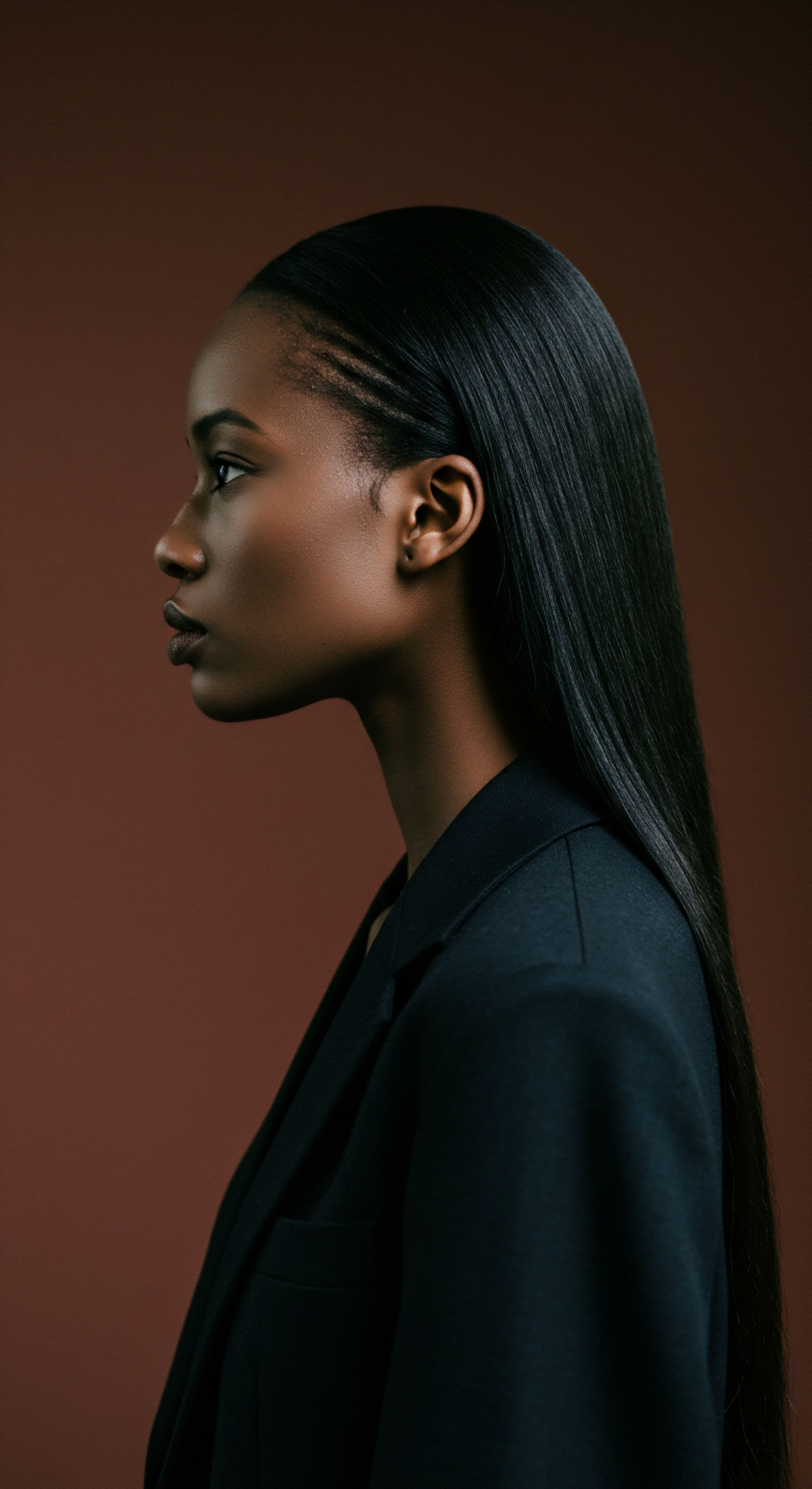
Hair’s Natural Rhythms
Hair growth follows a cyclical pattern, a biological rhythm that affects all hair types, including textured strands. This cycle consists of three main phases ❉
- Anagen ❉ The active growth phase, lasting from two to seven years. During this period, hair cells divide rapidly, causing the strand to lengthen.
- Catagen ❉ A transitional phase, lasting about two to three weeks. Growth ceases, and the hair follicle shrinks.
- Telogen ❉ The resting phase, lasting around three months. Old hair sheds, and new hair begins to grow from the same follicle.
For textured hair, the challenges often arise in the anagen phase, where the spiraling nature of the strand can make it prone to tangling and breakage, especially if not handled with gentleness. The rate of shedding during the telogen phase can also feel more pronounced due to the volume and clumping of shed strands.
Beyond these intrinsic rhythms, external and internal elements constantly influence hair health. Genetics, of course, plays a primary role in determining curl pattern, density, and growth potential. Yet, diet, hydration, stress levels, and environmental factors like humidity and pollution also leave their mark. A diet rich in proteins, vitamins, and minerals supports healthy hair growth from within.
Chronic stress can prematurely push hair into the telogen phase, leading to increased shedding. Even the very air we breathe, with its varying moisture content, affects how textured hair behaves, often dictating daily styling choices. Understanding these interconnected influences empowers a more informed approach to hair care, recognizing that true vitality springs from a holistic perspective.
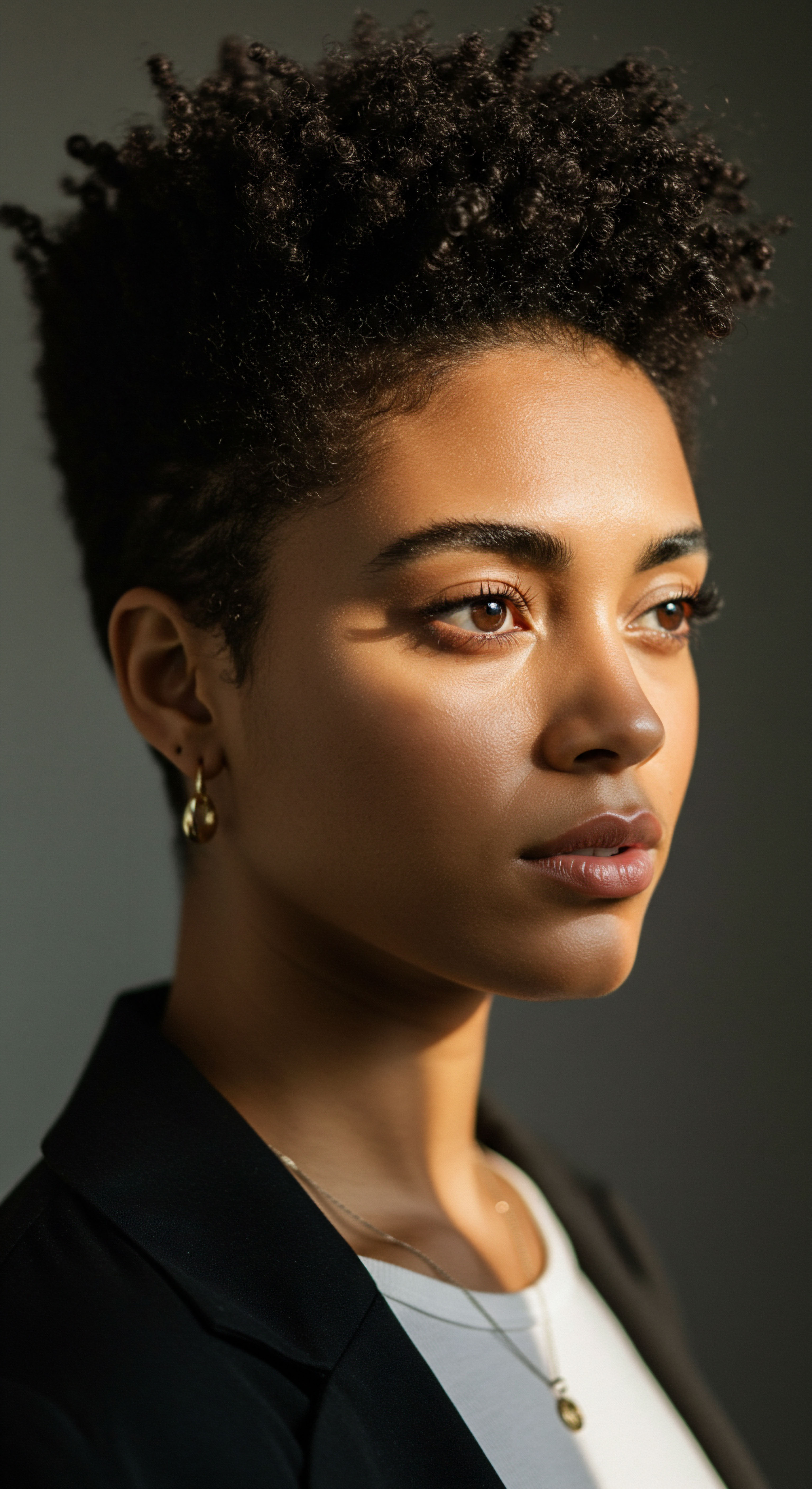
Ritual
The daily tending of hair transcends mere routine; it becomes a ritual, a quiet conversation between self and strand. For textured hair, these practices hold a particular weight, shaped by centuries of adaptation, innovation, and celebration. Moving from the foundational understanding of hair’s very structure, we now step into the realm of applied wisdom, exploring the techniques and tools that have been honed over generations. This section acknowledges the reader’s pursuit of practical understanding, offering gentle guidance through the rich tapestry of styling possibilities, recognizing that each choice reflects a deeper cultural resonance and a commitment to personal well-being.
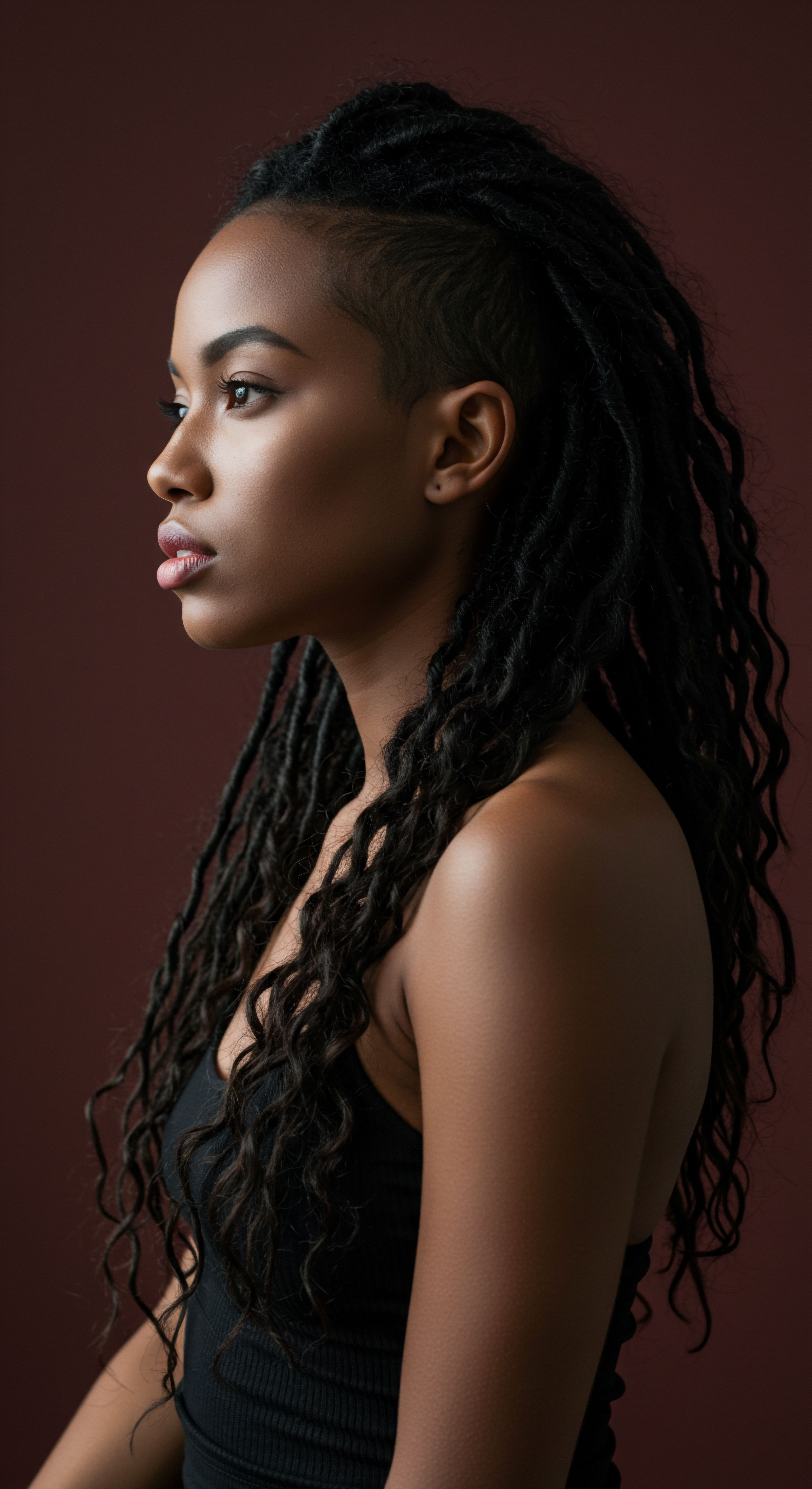
Protective Styling Traditions
The practice of protective styling, deeply embedded in many cultures, serves as a cornerstone of textured hair care. These styles, which tuck away the hair’s delicate ends, shield it from environmental aggressors, friction, and daily manipulation, thereby minimizing breakage and promoting length retention. Braids, in their myriad forms—cornrows, box braids, knotless braids—stand as ancient expressions of artistry and utility. Their origins stretch back millennia, serving not only as practical hair management but also as markers of social status, tribal affiliation, and marital status across various African societies.
Twists, whether two-strand, flat, or Senegalese, offer a gentler alternative, often requiring less tension on the scalp. Buns and updos, simple yet effective, provide daily protection. Weaves and wigs, while offering versatility and a means of transformation, also serve a protective function, allowing natural hair to rest and grow undisturbed beneath. Each of these traditions carries historical weight, passed down through families, adapting over time but retaining their core purpose ❉ to safeguard and celebrate the inherent strength of textured hair.
Protective styles like braids and twists are ancient traditions that shield textured hair from damage, promoting length retention and reflecting cultural heritage.

Defining Natural Texture
The resurgence of natural hair movements globally has brought a renewed focus on techniques that celebrate and define inherent curl and coil patterns. The “wash-and-go,” a seemingly simple approach, requires a precise understanding of product application and hydration to allow coils to clump and dry in their natural formation. Twist-outs and braid-outs, conversely, involve setting damp hair in specific patterns before unraveling them to reveal stretched, defined waves or curls. These methods, while seemingly modern, draw from older practices of setting hair with rags or natural fibers, adapted for contemporary products and preferences.
The art of defining textured hair often involves a delicate balance of moisture, hold, and gentle handling. Choosing the right leave-in conditioner, styler, and gel becomes a personal science, tailored to individual porosity and curl needs. The intention behind these practices extends beyond mere aesthetics; it represents a conscious choice to honor one’s genetic blueprint, a quiet act of self-acceptance and affirmation in a world that historically favored other textures.

The Versatility of Wigs and Extensions
Wigs and hair extensions hold a long and storied past, stretching from ancient Egypt, where they served as symbols of status and hygiene, to their prominence in various African cultures for ceremonial and protective purposes. Today, their appeal lies in their unparalleled versatility and protective qualities. They offer a swift transformation, allowing for experimentation with length, color, and texture without altering one’s natural hair. Beyond aesthetic shifts, they serve as a powerful protective barrier, shielding natural strands from harsh weather, over-manipulation, and chemical processing.
Mastering wigs and extensions involves not only their proper application but also diligent care for the hair beneath. The choice between synthetic and human hair, the various cap constructions, and the methods of attachment (sew-ins, clip-ins, tape-ins) all factor into their longevity and the health of the wearer’s natural hair. This adaptability allows individuals to navigate different social and professional environments with confidence, while simultaneously safeguarding their hair’s integrity.

The Evolution of Heat Styling
The pursuit of straightened hair, particularly within Black communities, carries a complex history, often intertwined with societal pressures and standards of beauty. From the hot comb, popularized in the early 20th century, to chemical relaxers and modern flat irons, the methods for achieving sleekness have evolved significantly. Early hot combs, heated on stoves, offered temporary straightening but carried risks of burns and heat damage. Chemical relaxers, introduced later, provided longer-lasting straightness but often came with scalp irritation and potential for severe hair damage if not applied correctly.
Today, thermal reconditioning, using advanced tools and heat protectants, offers a less damaging path to temporary straightness. Yet, the history reminds us of the delicate balance between aesthetic desire and hair health. A significant research finding highlights a concern ❉ a 2022 study published in the Journal of the National Cancer Institute revealed a higher risk of uterine cancer among women who frequently used chemical hair straighteners, especially those who used them more than four times a year.
This data point underscores the profound health implications of certain hair care choices, prompting a re-evaluation of long-held practices and emphasizing the importance of ingredient awareness. The journey of heat styling reflects a continuous negotiation with beauty ideals, personal expression, and the pursuit of well-being.
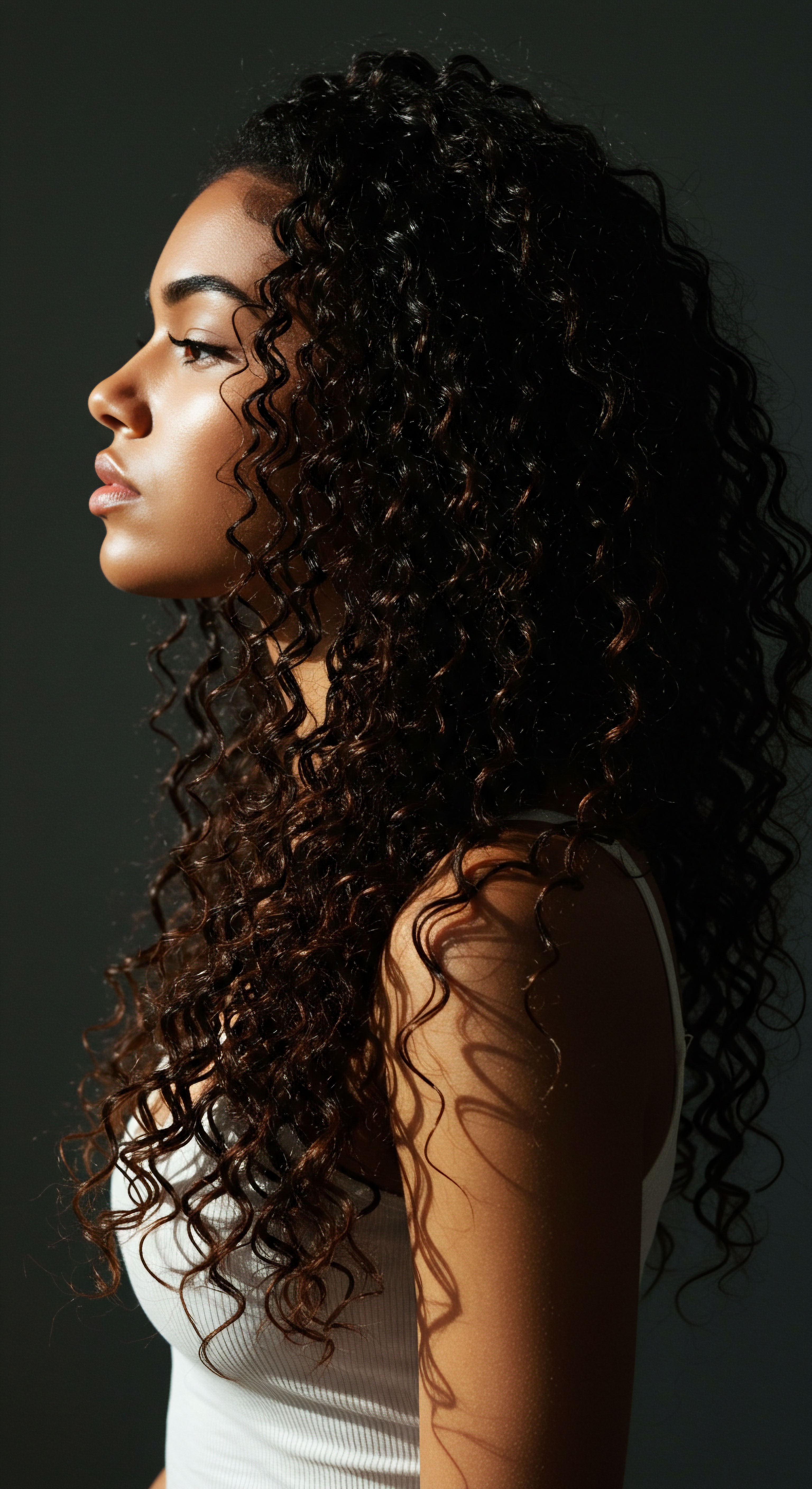
The Essential Toolkit
Just as a painter requires specific brushes, the care of textured hair calls for a thoughtful collection of tools. Each implement serves a distinct purpose, designed to work harmoniously with the unique structure of curls and coils.
- Wide-Tooth Combs ❉ These are indispensable for detangling, particularly when hair is wet and saturated with conditioner. Their broad spaces prevent snagging and breakage, gently separating strands.
- Denman Brushes or Similar Defining Brushes ❉ These brushes, with their rows of flexible bristles, assist in clumping curls and distributing product evenly, enhancing definition.
- Satin or Silk Scarves and Bonnets ❉ These are vital for protecting hair during sleep, reducing friction, and preserving moisture and style.
- Microfiber Towels or Old T-Shirts ❉ Unlike terry cloth towels, these materials are gentler on the cuticle, reducing frizz and minimizing moisture stripping.
The choice of tools reflects a commitment to gentle handling, a recognition that textured hair, while resilient, thrives under mindful attention. This curated toolkit represents a practical extension of the knowledge gained, allowing for the execution of care rituals with precision and kindness.
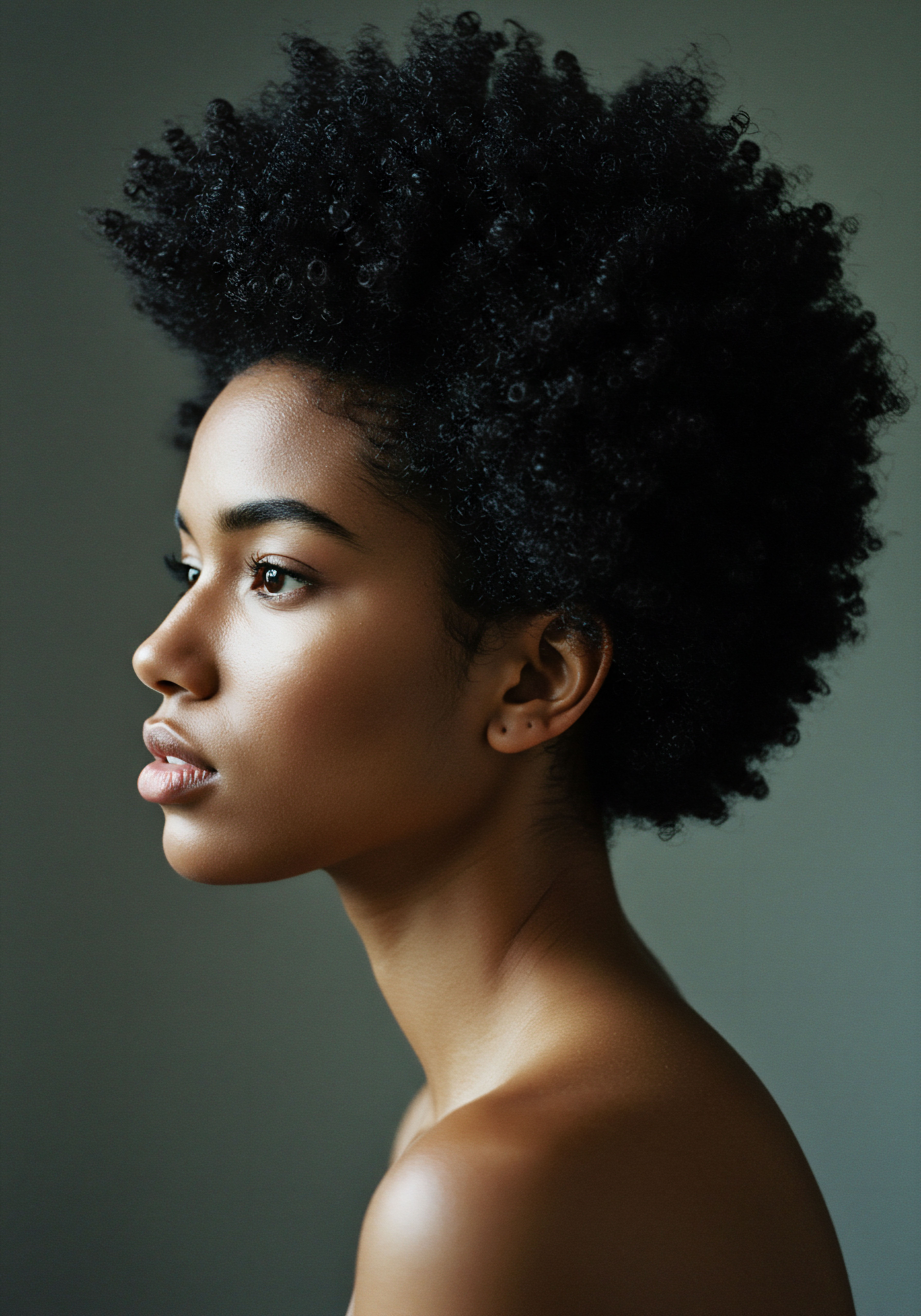
Relay
The journey of hair care extends beyond simple application; it is a complex interplay of personal needs, cultural narratives, and scientific understanding. This final section invites us to a more profound engagement with the forces that shape our hair choices today, moving beyond surface-level discussions to consider the intricate dance between biology, social influence, and individual agency. How do deeply ingrained societal norms, often invisible to the casual observer, continue to direct our daily hair decisions? And what wisdom can we glean from a comprehensive, interconnected view of hair health?
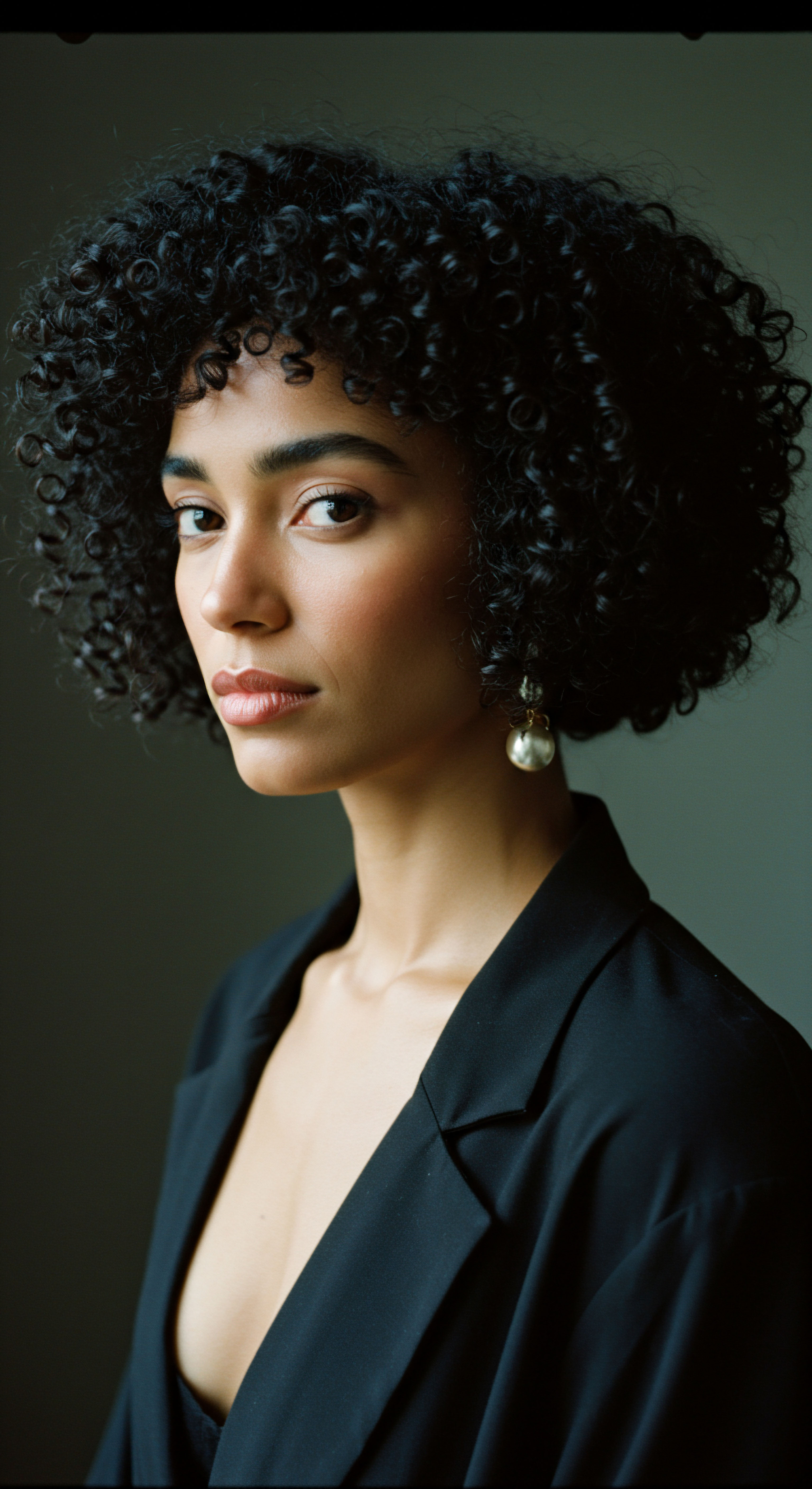
Personalized Regimens and Hair’s Unique Needs
The notion of a one-size-fits-all hair care approach dissolves when contemplating textured hair. Each individual’s strands possess a unique blend of porosity, density, and curl pattern, demanding a personalized regimen. This recognition represents a significant departure from historical trends, where generic products often dominated the market, failing to address the specific requirements of diverse hair types. Building a personalized regimen involves a process of careful observation and experimentation, identifying which products and techniques best serve one’s hair.
Consider the differences in product absorption. Low porosity hair might benefit from lighter, water-based products that sit on the surface, while high porosity hair often requires heavier butters and oils to seal in moisture. The frequency of cleansing, the layering of leave-in conditioners and stylers, and the choice between protein or moisture treatments all become tailored decisions.
This individualized approach reflects a deeper understanding of hair science, moving beyond anecdotal advice to a more precise, responsive method of care. It speaks to a quiet revolution in how we view and attend to our hair, recognizing its distinct personality.

The Nighttime Sanctuary
The quiet hours of sleep, often overlooked, hold deep significance for textured hair health. The simple act of protecting hair at night, traditionally through the use of bonnets or scarves, carries both practical and cultural weight. Historically, head coverings have served various purposes across African and diasporic cultures ❉ symbols of modesty, spiritual devotion, social status, and, crucially, as a means of preserving intricate hairstyles and protecting hair from dust and friction.
Today, the satin or silk bonnet remains a cornerstone of nighttime care. Its smooth surface minimizes friction against pillows, which can otherwise cause frizz, breakage, and moisture loss. Unlike cotton, which absorbs moisture, satin and silk allow hair to retain its natural oils and hydration, preserving definition and reducing the need for extensive restyling in the morning.
This simple yet profound ritual transforms the act of sleeping into a period of restorative care, underscoring the continuous nature of hair wellness. It is a quiet testament to inherited wisdom, adapted for contemporary living.
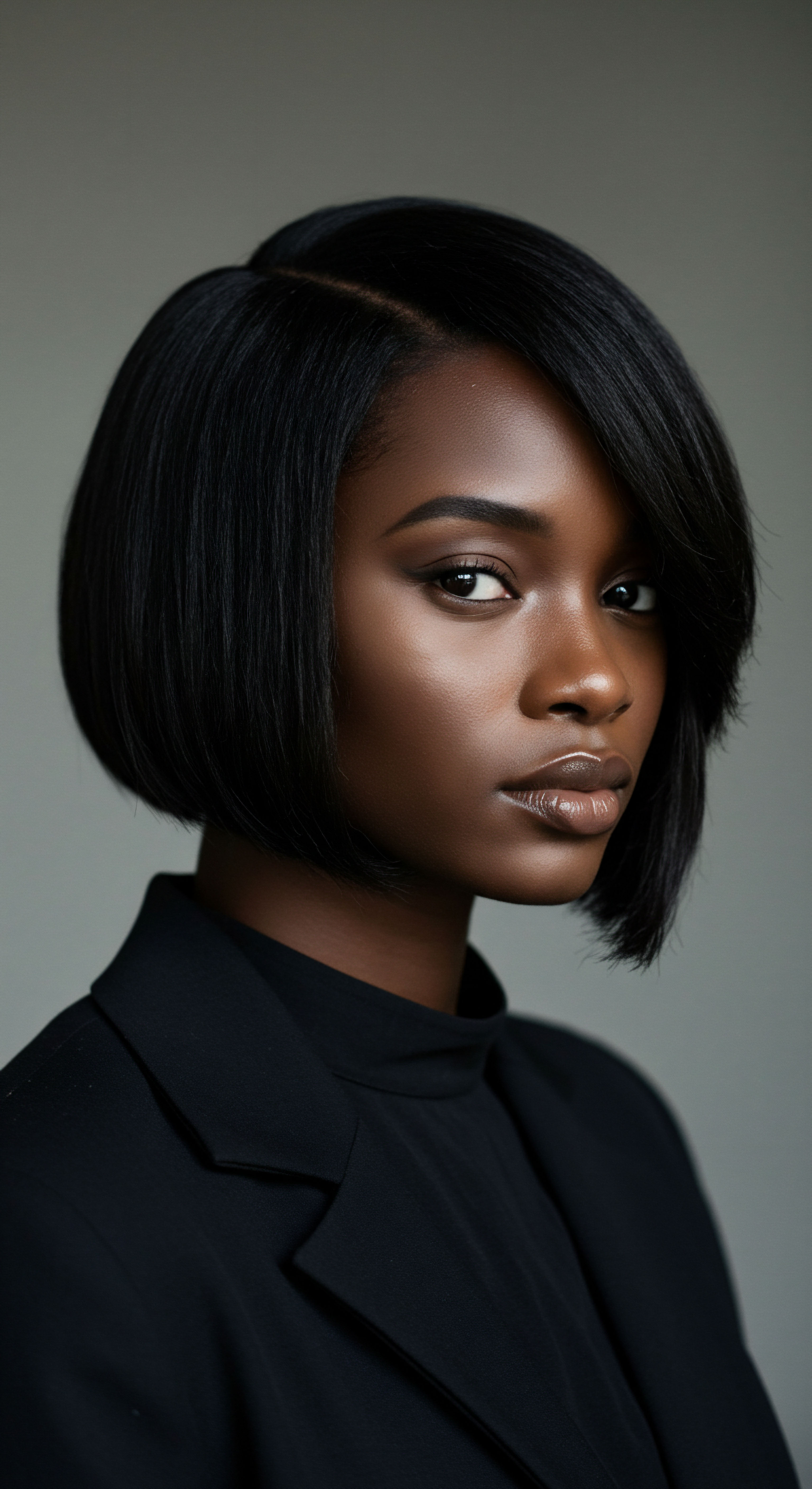
Ingredients and Their Cultural Preferences
The ingredients we choose for our hair products are not merely chemical compounds; they are often imbued with cultural memory and historical availability. For centuries, various natural ingredients have held prominence in hair care traditions across the globe. Shea butter, sourced from the African shea tree, has been revered for its moisturizing and healing properties, a staple in West African hair and skin care for generations.
Coconut oil, a cornerstone in many Asian and Pacific Islander traditions, is celebrated for its ability to penetrate the hair shaft and reduce protein loss. Olive oil, deeply rooted in Mediterranean and Middle Eastern cultures, is prized for its conditioning benefits.
The contemporary market sees a blend of these ancient wisdoms with modern cosmetic science. There is a growing demand for products that feature these culturally resonant ingredients, often alongside scientifically advanced compounds like humectants (e.g. glycerin, hyaluronic acid) that draw moisture from the air, or proteins (e.g. hydrolyzed wheat protein) that strengthen the hair structure.
The discernment of ingredients has become a central aspect of conscious hair care, driven by a desire for both efficacy and alignment with personal values and heritage. This careful selection reflects a thoughtful engagement with what we apply to our bodies, honoring both tradition and innovation.
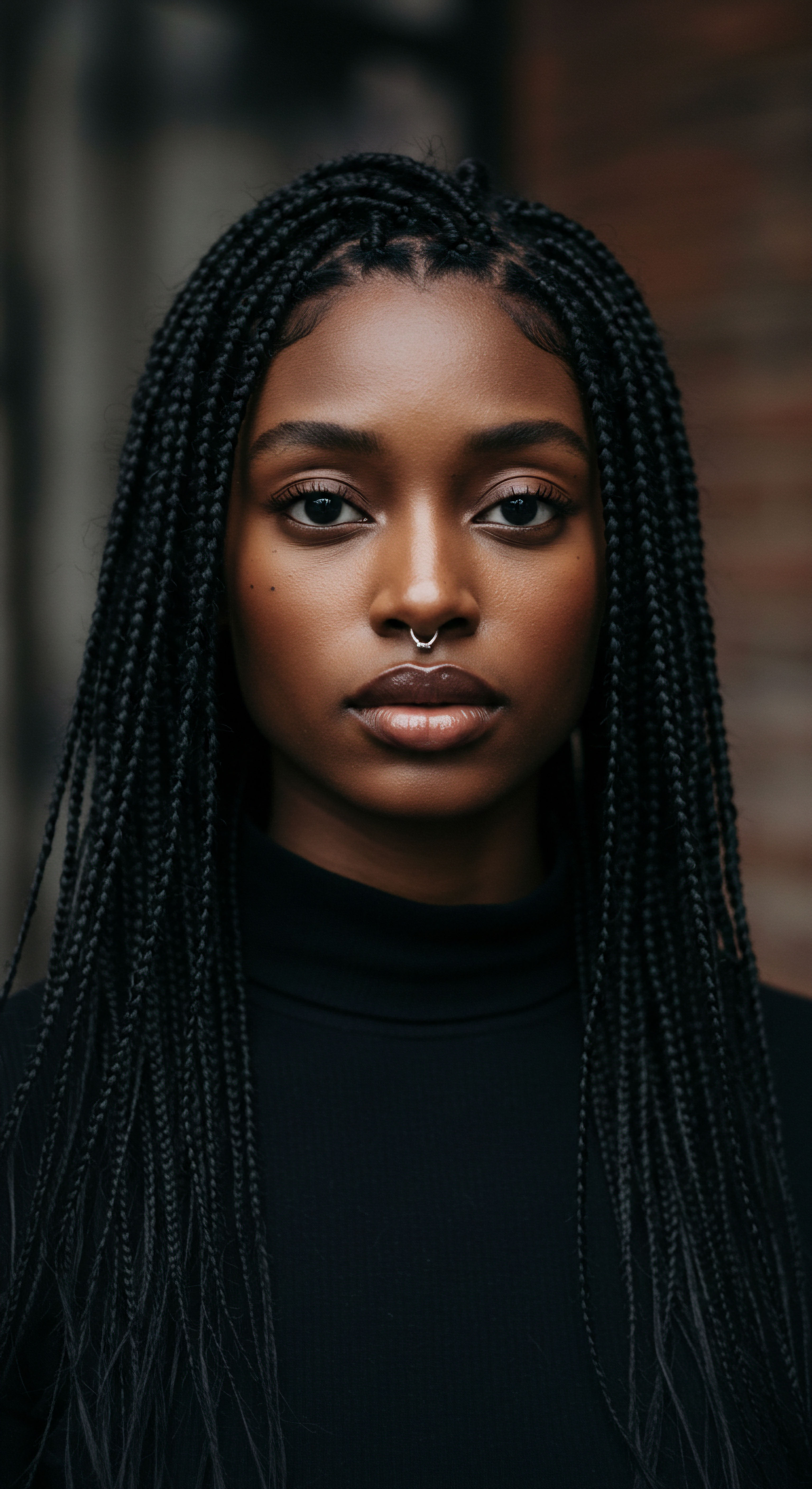
What Holistic Elements Shape Hair Vitality?
Beyond topical applications, the vitality of hair is deeply intertwined with the overall well-being of the body. This holistic perspective, long understood in many traditional healing systems, is gaining renewed appreciation in contemporary hair care discussions. The food we consume provides the building blocks for healthy hair growth.
A deficiency in essential vitamins like biotin, iron, or zinc, or a lack of sufficient protein, can manifest as hair thinning, brittleness, or slowed growth. Hydration, too, plays a pivotal role; adequate water intake supports the scalp’s health and the hair’s elasticity.
Stress, a pervasive element of modern life, also leaves its mark on our strands. Chronic stress can disrupt the hair growth cycle, leading to increased shedding. Managing stress through practices like mindfulness, exercise, or sufficient sleep can have a tangible, positive impact on hair health. Furthermore, scalp health, often overlooked, serves as the very foundation for healthy hair.
A balanced scalp microbiome, free from irritation or excessive buildup, provides an optimal environment for hair follicles to thrive. This interconnectedness underscores a fundamental truth ❉ true hair radiance stems not just from what we apply to our strands, but from the harmonious balance within our entire being.
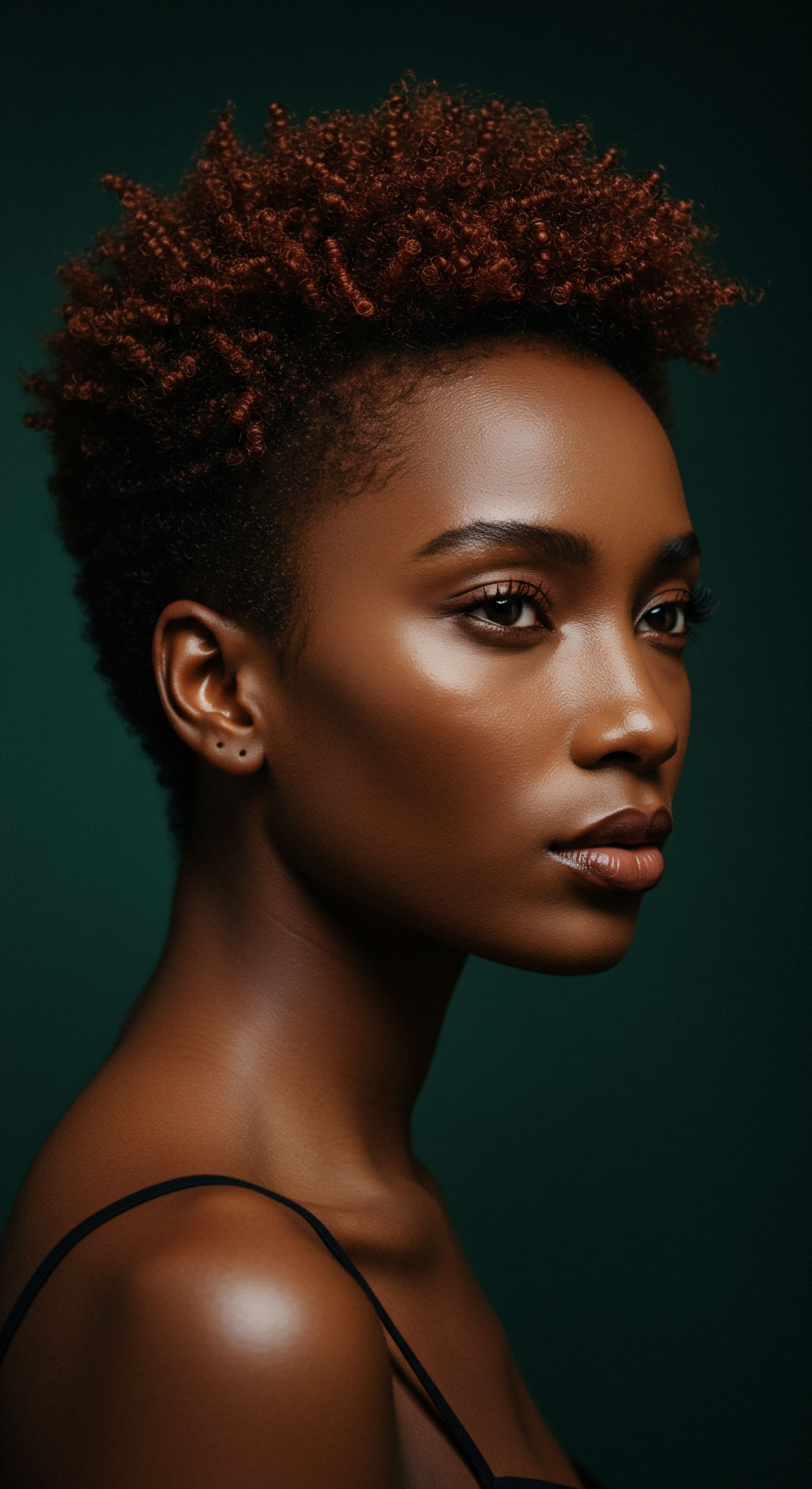
How Do Societal Norms Influence Hair Choices?
The historical and cultural pressures surrounding hair, particularly textured hair, cast a long shadow on contemporary choices. For centuries, Eurocentric beauty standards often dictated that straight, smooth hair was the ideal, leading to widespread adoption of chemical relaxers and heat styling to conform. This societal conditioning created a powerful drive for alteration, often at the expense of hair health and personal authenticity. The struggle for hair freedom, therefore, has been a significant cultural and political movement.
A notable legal example highlights this societal pressure ❉ the CROWN Act (Creating a Respectful and Open World for Natural Hair), first enacted in California in 2019 and since adopted by numerous states, prohibits discrimination based on hair texture and protective hairstyles associated with race. This legislative effort arose directly from instances where individuals, particularly Black women, faced disciplinary action or were denied opportunities in schools and workplaces due to their natural hair. The very existence of such legislation underscores the profound historical impact of racialized beauty standards on daily hair choices.
The fight for the right to wear one’s natural hair without prejudice continues to influence product development, styling trends, and the broader conversation around self-acceptance and cultural identity. The choices made today often reflect a conscious rebellion against these historical norms, a reclaiming of inherent beauty, and a celebration of diverse textures.
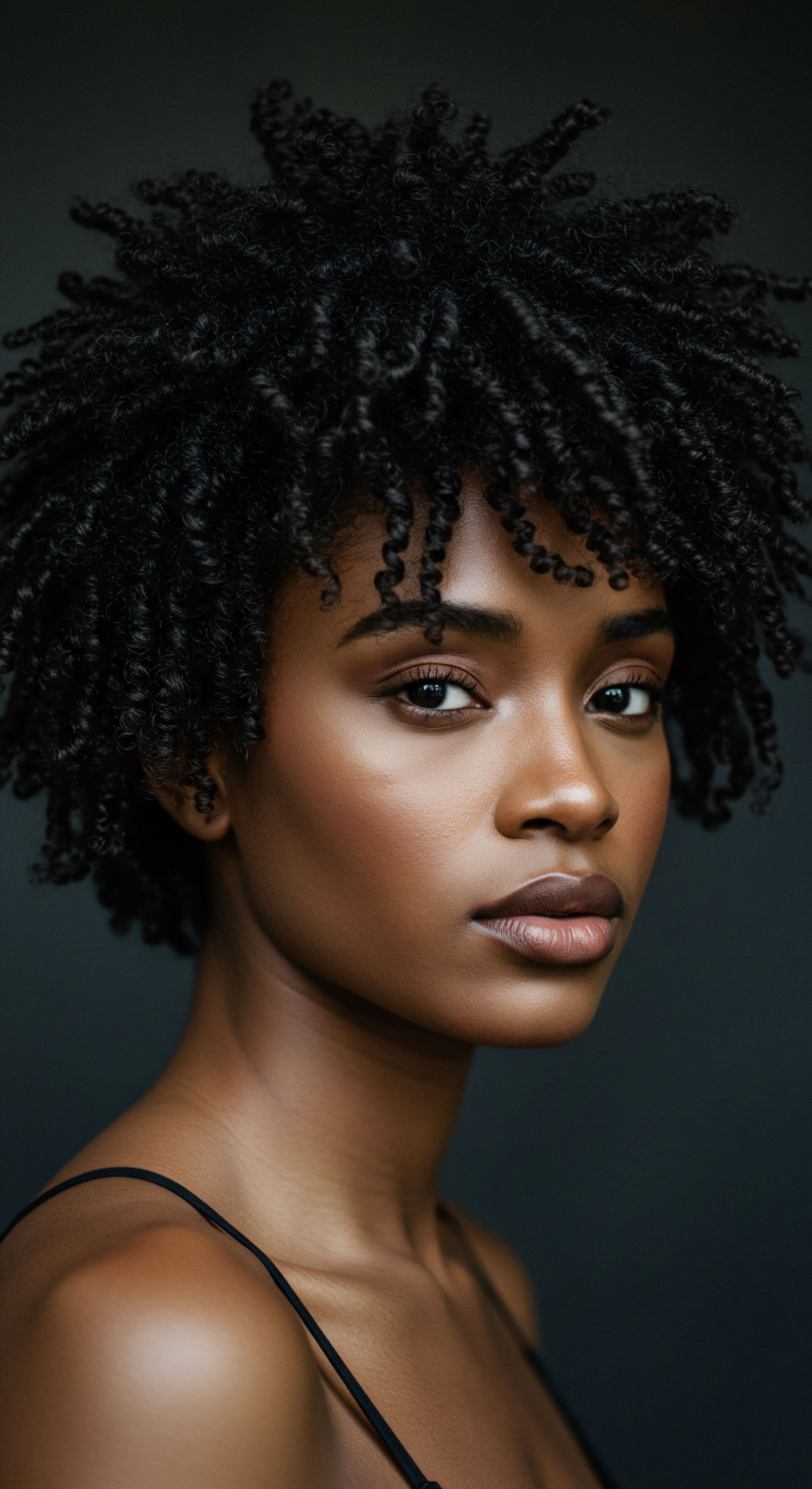
Reflection
To gaze upon a single strand of hair is to see more than keratin and pigment; it is to witness a living archive of human experience. The decisions we make about our hair today, from the products we select to the styles we embrace, are not isolated acts of personal preference. They are echoes of ancient traditions, responses to shifting cultural tides, and affirmations of identity.
Each choice carries a whisper of the past, a present intention, and a hopeful vision for the future. As we continue to learn, to question, and to celebrate the vast spectrum of hair’s inherent beauty, we move closer to a place where care becomes truly holistic, respectful, and deeply personal.
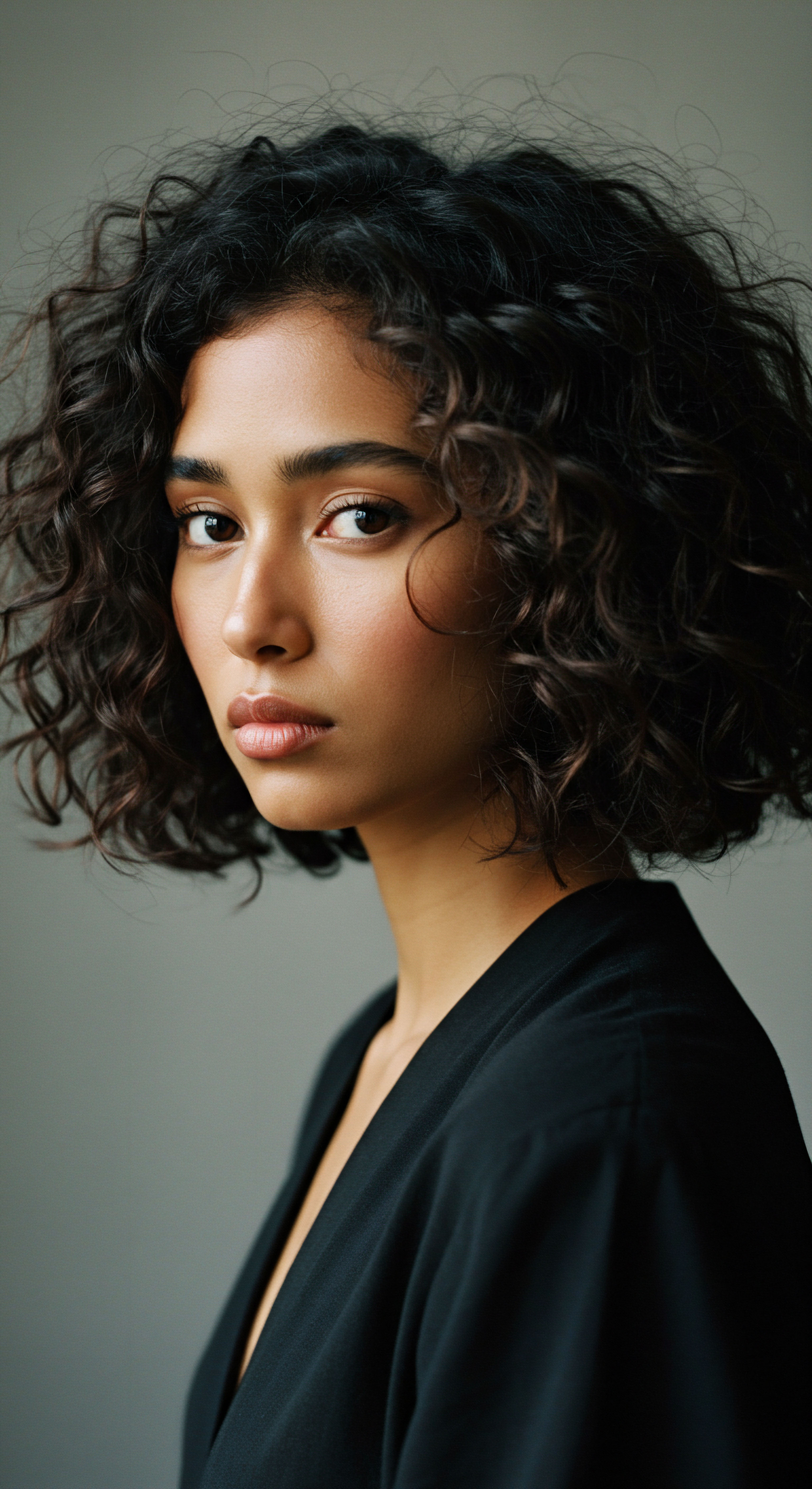
References
- Walker, Andre. Andre Talks Hair! Simon & Schuster, 1997.
- Chang, Christina, et al. “Use of Hair Straighteners and Hair Perms in Relation to Uterine Cancer Risk.” Journal of the National Cancer Institute, vol. 115, no. 1, 2023, pp. 11-18.
- Byrd, Ayana D. and Lori L. Tharps. Hair Story ❉ Untangling the Roots of Black Hair in America. St. Martin’s Press, 2001.
- Akbar, Na’im. Chains and Images of Psychological Slavery. New Mind Productions, 1996.
- Gavazzoni Dias, Maria Fernanda. “Hair Cosmetics ❉ An Overview.” International Journal of Trichology, vol. 7, no. 1, 2015, pp. 2-15.
- Nielsen. “African-American Consumers ❉ Still The Most Powerful Purchasers.” Nielsen, 2018.
- Craig, Maxine Leeds. Ain’t I a Beauty Queen? Black Women, Beauty, and the Politics of Race. Oxford University Press, 2002.
- Powell, T. “The CROWN Act ❉ A Legal and Social Analysis of Hair Discrimination.” Harvard Law Review Forum, vol. 134, 2020, pp. 241-255.
- Burgess, Carole. “Black Hair ❉ Art, Culture, History.” International Journal of Cultural Studies, vol. 5, no. 1, 2002, pp. 101-118.
- Robbins, C. R. Chemical and Physical Behavior of Human Hair. 5th ed. Springer, 2012.